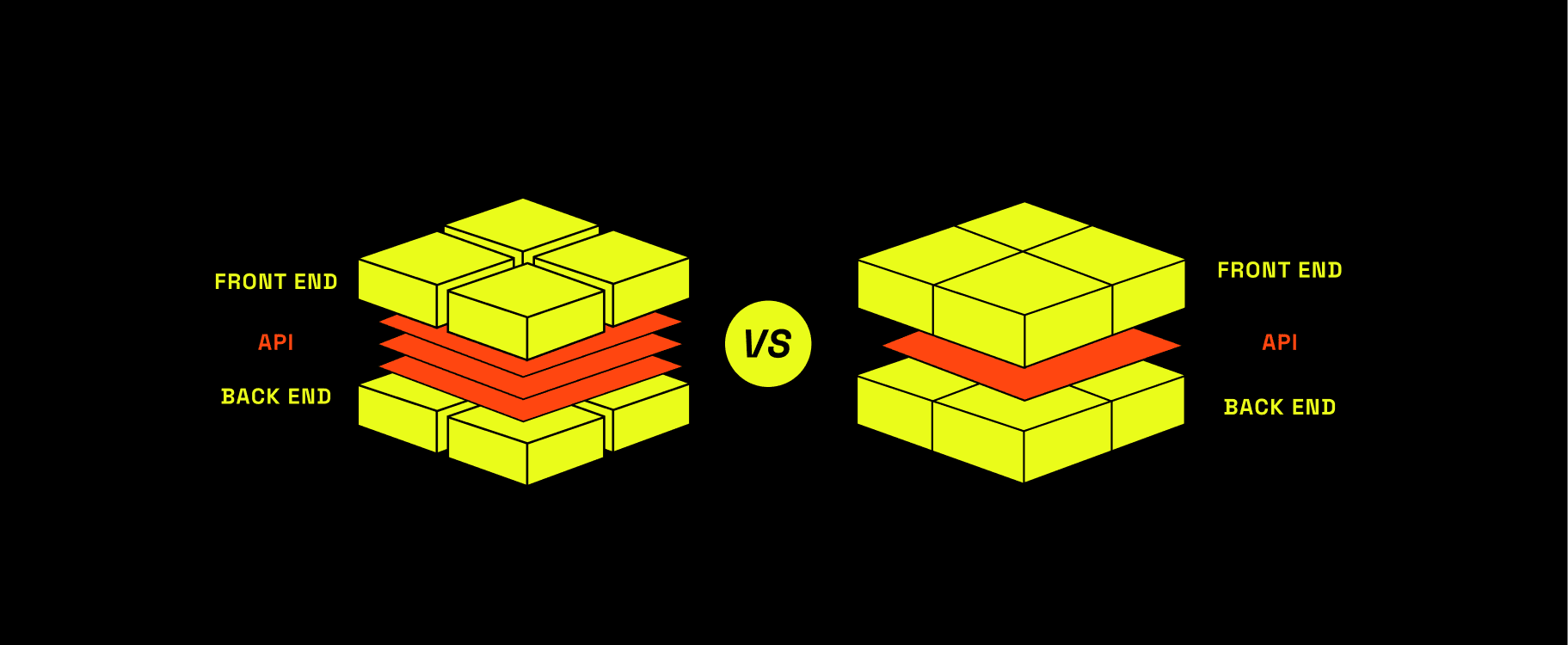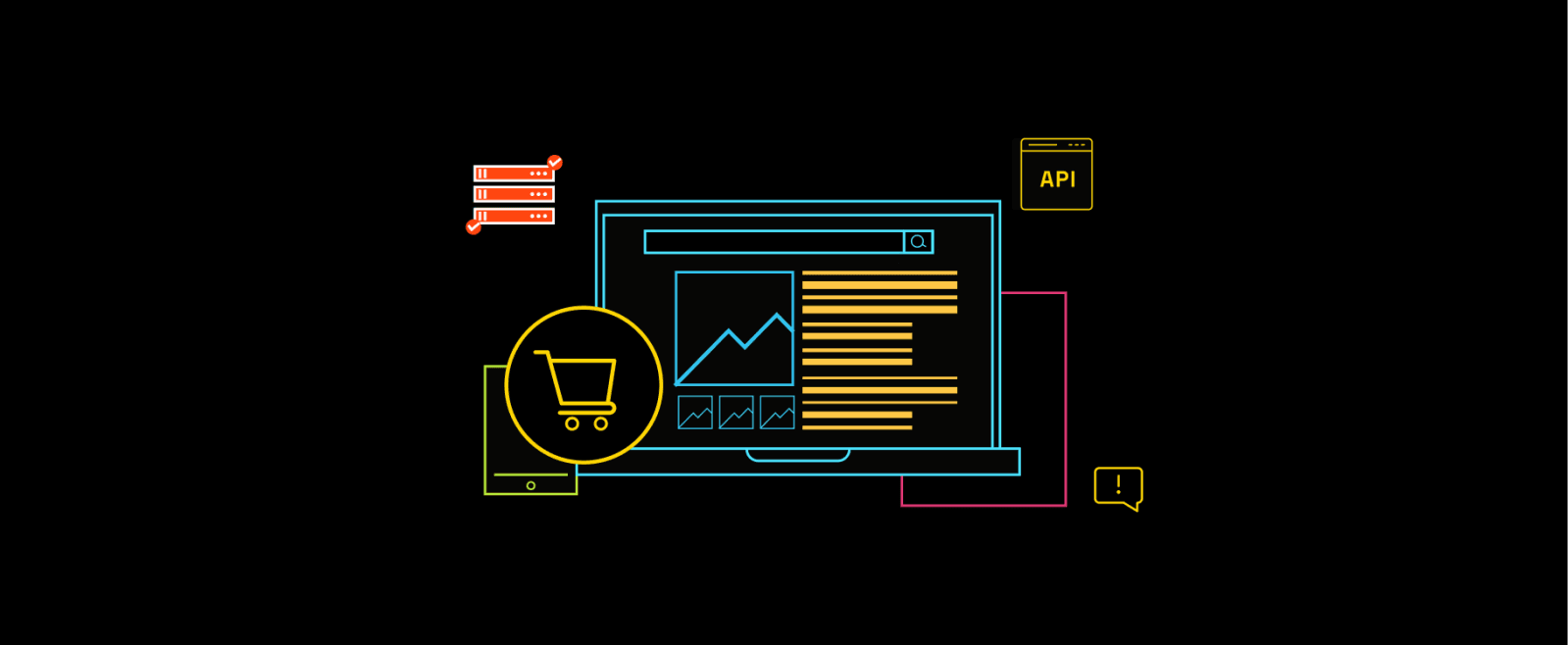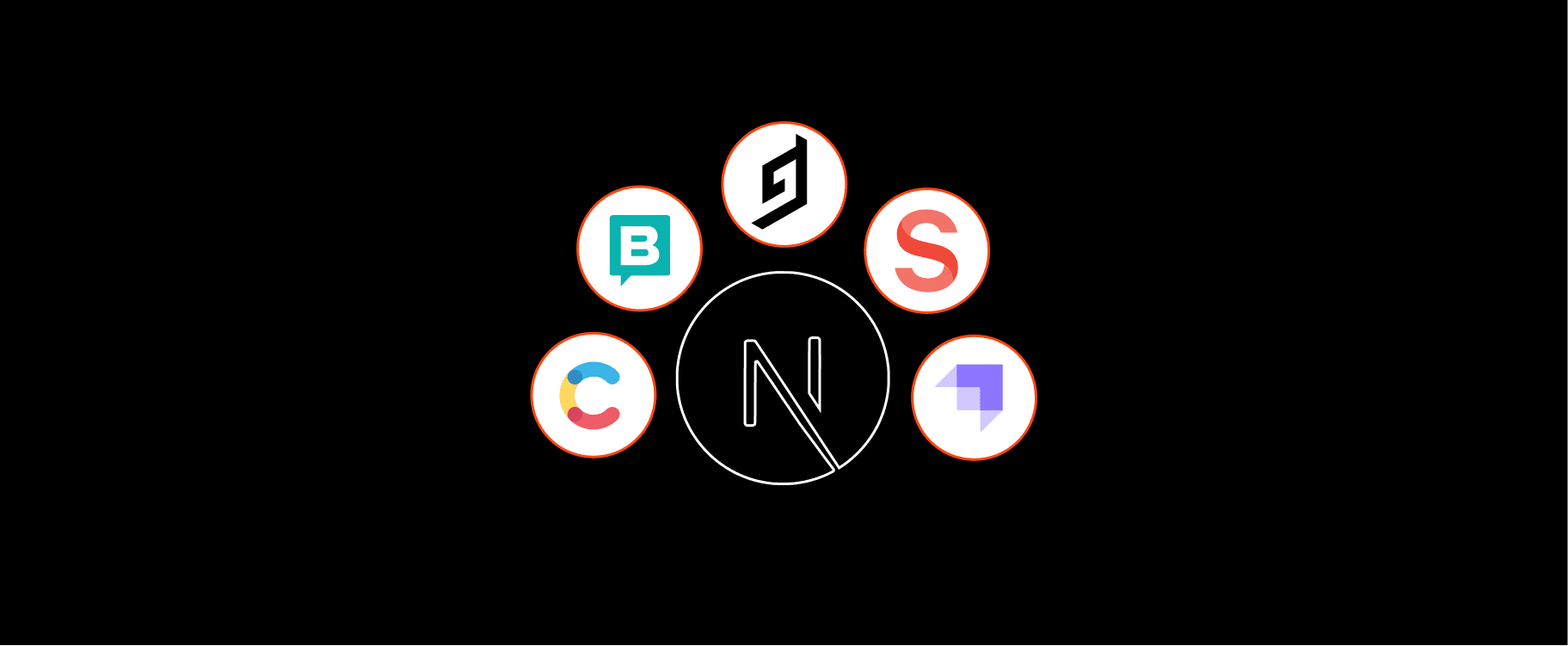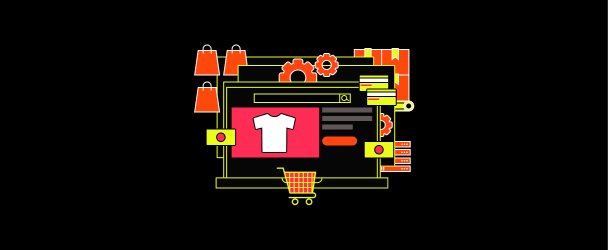Headless Vs. Composable Commerce: Which is Right for Your E-commerce Stack in 2025?
The eCommerce architecture debate has moved beyond just "headless or not." In 2025, the key question is: how modular does your stack need to be to ship faster, unlock AI, and grow without piling on tech debt?
This guide is for enterprise decision-makers weighing their next move. Should you go headless? Go all-in on composable? Or take a phased path?
We break it down with clear definitions, 2025 adoption stats, technical trade-offs, cost modeling, and an honest roadmap to help you decide.
On this page:
-
What is Headless eCommerce?
-
What is Composable eCommerce?
-
Headless vs. Composable eCommerce: How they Compare
-
Headless vs. Composable eCommerce: Cost Analysis
-
When to Choose Headless Vs. Composable eCommerce in 2025
-
Final Recommendations
-
FAQs
What is Headless eCommerce in 2025?
Headless commerce decouples the front end (what users see) from the back end (where business logic and operations live). Think of it as remodeling the store window without touching the warehouse.
-
Frontend and backend communicate via APIs
-
Enables custom UX across web, mobile, kiosk, PWA, and more
-
Backend often still monolithic (Shopify, Magento, etc.)
-
Easier experimentation on the frontend, without backend risk
According to Salesforce’s 2024 State of Commerce report, 57% of organizations have implemented headless commerce with another 24% planning to adopt it in the near future.
What is Composable eCommerce in 2025?
Composable commerce goes further. It’s not just the frontend, but assembling your entire stack (cart, checkout, PIM, CMS, loyalty, search) using independent, best-of-breed services connected via APIs.
It’s like building with LEGO: each service is a block you can swap or scale independently.
-
Backend is also modularized (via microservices)
-
Enables AI, omnichannel, internationalization, and personalization
-
Commonly built using MACH principles (Microservices, API-first, Cloud-native, Headless)
-
Future-proof foundation for high-growth enterprise brands
Brands using composable architectures report 27% faster time-to-market and 25% improvement in customer experience, per Alokai Trends Report.
Headless Vs. Composable Commerce: How they compare?
| Dimension | Headless Commerce | Composable Commerce |
|---|---|---|
| Frontend | Decoupled, custom UX across devices | Decoupled, supports AI-driven experiences + PWA |
| Backend | Often monolithic, hard to evolve | Modularized via microservices. Every function (cart, PIM, search) is plug-and-play |
| Tech Stack | Limited flexibility, often constrained by what the backend supports | Choose best-of-breed tools for each layer. Multiple services integrated via APIs |
| Vendor Lock-In | Medium | Low (best-of-breed, swappable modules) |
| Dev Complexity | Simpler to build and launch | High, but manageable with phased integration and the right partners. Ecosystem is maturing |
| TCO | Cheaper upfront, may increase with growth | Higher upfront, better long-term ROI from agility; modules can be swapped individually |
| Best For | Brands upgrading frontend UX fast | Brands planning for scale, AI, and omnichannel readiness |
Tech Trends Accelerating Modular Commerce Adoption in 2025
-
AI Personalization: Real-time UX changes driven by modular AI services across catalog, recommendations, pricing
-
PWA Adoption: Progressive Web Apps continue gaining traction as a frontend strategy within headless builds, especially for mobile performance and offline readiness.
-
Social Commerce: Modular stacks now enable buying flows embedded in TikTok, Instagram, and Snap
-
Global Scale: Composable enables localized payments, currencies, fulfillment across multiple markets faster
Headless vs. Composable eCommerce: Cost Analysis
Composable Commerce: Costs & Payoff
Composable commerce is all about those mix-and-match microservices. You basically pay as you build—picking the best solution for each part of your store, from checkout to personalization.
-
Upfront Investment: Composable commerce means assembling your store from best-in-class microservices. You’ll see higher initial setup and integration costs because wiring together a bunch of APIs and modular services isn’t cheap or instant without a strong developer squad
-
Ongoing Expenses: You’ll manage multiple vendor relationships, with licensing and support fees stacking up if you’re not careful. Plus, more services = more to orchestrate.
-
The Flip Side: Composable eliminates vendor lock-in. You can swap out tools and scale each function independently, so future upgrades are way less painful and often cheaper than a full replatform migration.
If you want to future-proof, scale fast, and never get boxed in by one vendor, composable is your move. Just be ready for a steeper ramp-up and more moving pieces at the jump.
Headless Commerce: Costs & Payoff
Headless commerce is more like a half-step: you keep your eCommerce core but get creative with the customer experience.
-
Upfront Costs: Usually lower than composable because you’re mostly focused on decoupling the front end. Designs, campaigns, and digital experiences ship faster, usually without touching your back-end processes.
-
APIs & Maintenance Cost: While you save on monolithic development, you’ll spend more on maintaining those APIs. As your integrations pile up, so do potential support and hosting costs.
-
Customization & Agility: Headless setups are ideal for businesses wanting creative digital storefronts and rapid launches, but who don’t need or aren’t ready for total stack flexibility just yet. 76% of brands using headless say it allows for more personalized digital experiences, meaning more ways to make your brand stand out without vendor-imposed design rules.
The Real Question: Which Cost Structure Works for You?
-
Fast, cost-effective front-end upgrades and omnichannel support? Headless might be more budget-friendly, especially if you need speed and don’t want to re-invent your backend right now.
-
Need to rapidly scale, launch new features fast, or avoid being chained to one software vendor? Composable commerce costs more to implement but pays dividends in control, agility, and long-term adaptability.
Pro Tip: Don’t just look at sticker price. Calculate total cost of ownership like dev, licenses, support, future changes, over 3 to 5 years, factoring in flexibility and how fast you move.
With both, picking the right vendors (and having legit partners who get your business) = less headaches, more ROI. Carefully vet your stack to balance cost, integration, and expertise.
When to Choose Headless Vs. Composable eCommerce in 2025
| Scenario | Go Headless | Go Composable |
|---|---|---|
| Need to relaunch frontend fast | ✅ | |
| Want to test new UX or channels | ✅ | ✅ |
| Want to personalize every touchpoint | ✅ | |
| Need full control over backend logic | ✅ | |
| Operate in multiple markets | ✅ | |
| Want to reduce long-term replatforming costs | ✅ | |
| Want to phase in new tech over time | ✅ | ✅ |
| Want best-of-breed for each stack layer | ✅ | |
| Vendor flexibility (easy swap-in/swap-out) | ✅ | |
| Stuck with legacy backend (want to break free) | ✅ | |
| Complex integrations (multi-partners, etc.) | ✅ |
*Go Composable is necessary if you want to fully escape a monolith. Headless by itself keeps the backend.
Quick takeaway:
Go Headless: For a fast facelift or rapid experimentation, especially for brands not ready to rip out their backend just yet.
Go Composable: For total stack control, best-in-class vendor mix, personalization at every stage, and serious scaling.
Final Recommendation
-
Start Headless if you need quick UX wins without backend change
-
Go Composable if you want long-term tech agility, AI readiness, and stack flexibility
-
Adopt Gradually: Treat composable as a journey, starting with highest-impact modules (checkout, PIM, CMS)
Want a second brain on your commerce stack?
If you’re weighing headless vs composable or need help mapping a phased path to modular commerce, we’ll show you how to get there faster.
Let’s talk! Book a free growth consult with us enquiry@coderapper.com and build a stack that scales like your ambitions.
FAQs
Q1: What’s the core difference between headless and composable commerce?
A: Headless separates frontend from backend. Composable breaks the backend into modular parts too, giving you full-stack control.
Q2: Is composable commerce the same as MACH architecture?
A: MACH is one approach to composable, but composable can be done with or without full MACH compliance.
Q3: Is composable worth the complexity?
A: For enterprise brands, yes. 27% faster time-to-market and 25% boost in CX are common. It’s about agility and scale.
Q4: Can I start headless and go composable later?
A: Absolutely. Many brands begin with a headless frontend, then modularize backend systems over time.
Q5: What’s the biggest challenge with composable in 2025?
A: Integration. Brands win by adopting a phased migration plan, not big bang rebuilds.
Q6: What role does AI play?
A: AI thrives in composable stacks. You can plug in modular AI for dynamic content, pricing, search, and recommendations.




